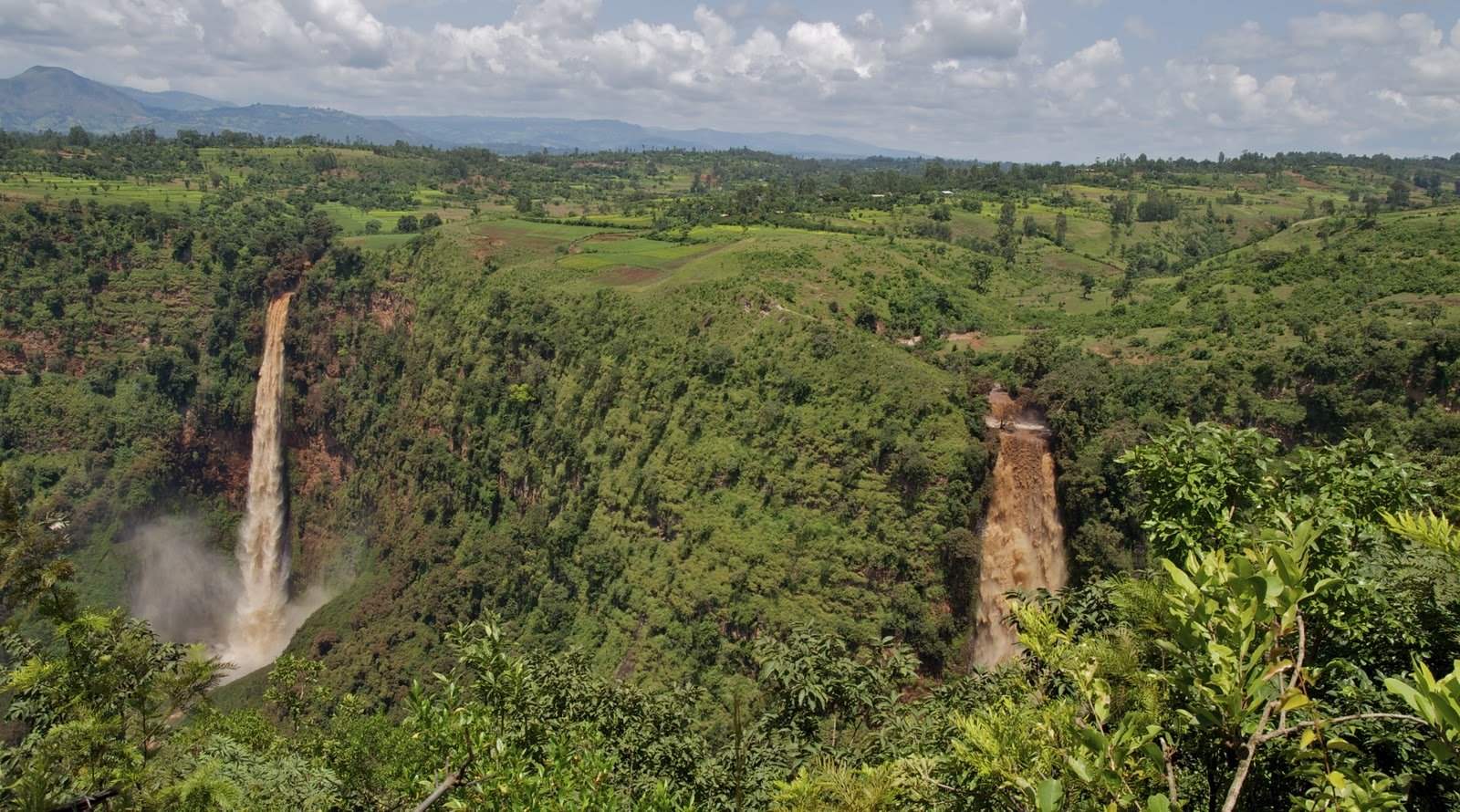
Current Social and Economic Conditions in Kambata
The Kambata-Tambaro (K-T) zone is one of the nine administrative zones in Southern Ethiopia, with a total surface of 2,434 km² and a population close to one million. The region is situated about 175 miles (280 km) south of Addis Ababa, Ethiopia's capital. More than half of the total area is classified as hilly and mountainous.
Kambata region's economy is based on enset (Ensete ventricosum) — ethiopian banana, a perennial crop resembling false-banana. Used as staple food crop, enset covers about one-third of the total area of land in Kambata. The Kambatas are one of the most dynamic, hard-working, and highly skilled agriculturalists in Ethiopia. And yet, like many regions of Ethiopia and other developing countries, Kambatas suffer from unemployment, mass poverty, food insecurity, illiteracy, and communicable diseases. There is deep-rooted chronic food shortage and widespread starvation among the population.
Concerns
-
The current demographic conditions in Kambata are signaling that the population-resource equilibrium has been badly affected and the long-term sustainability of agricultural land is questionable as population pressure increases
-
Youth unemployment is rampant and rural poverty is pervasive in Kambata due to scarcity of farmland. Thousands of destitute young farmers have no farm plot, a basis of livelihood, and could not support their families. Most live on incomes less than $0.50 per day. Some have lost their traditional coping strategies including the well-known seasonal migration to other regions in search of farm jobs.
-
With increasing poverty and resource degradation, there is a sharp decline in the standard of living of the Kambatas. Recent anthropmetric findings suggested that more than half of the region's children and women are undernourished.
-
The measures taken so far to conserve natural resources and promote rural development are uncoordinated, unsustainable, insufficient, and ineffective to avert the increasing trend of resource degradation, unemployment and mass poverty.
-
Congested living conditions resulting from high population density have accelerated the spread of communicable diseases such as typhus and tuberculosis.
-
The bulk of population uses dirty and polluted water that causes water-borne diseases. Surface water sources are scarce and are far from the reach of most farm households. As a result, rural women spend much time in search of water especially during dry season.
-
There is hardly any vocational training or program development to promote rural technology and cottage industries that could provide alternative employment to the unemployed youth and landless peasants.
-
In the absence of functional literacy programs, adult illiteracy rate is alarmingly very high and the quality of grades 1-12 education has deteriorated. Consequently, the number of school dropouts has quadrupled, swelling the number of the army of the unemployed youth.
-
To date rural artisans especially potters (locally known as fuga) who play a significant role in the lives of the Kambatas are socially discriminated, denied the right to own land, and are unable to send their children to school.
-
It appears that there is not an easy fix to the current environmental, social and economic crises unless a multi-faceted rehabilitation and development programs are initiated in the short and long run.
